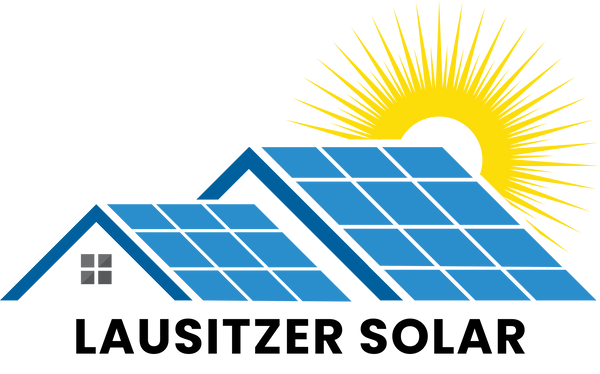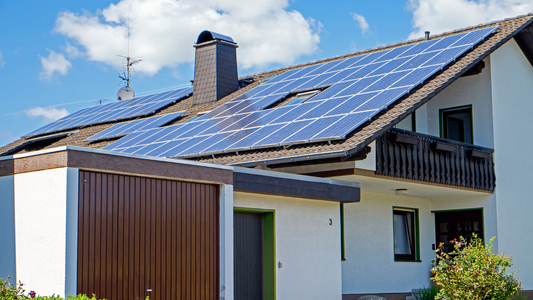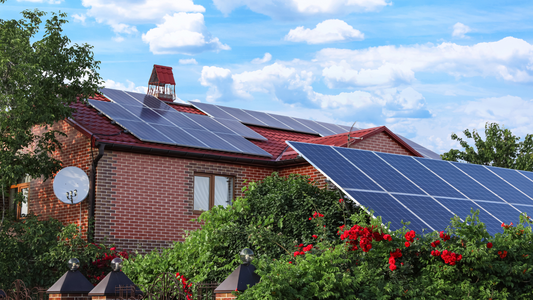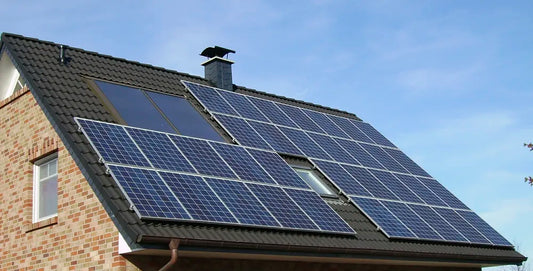
Calculating the profitability of a photovoltaic system: A sustainable investment with long-term benefits
In the age of climate change and rising energy prices, the use of renewable energy is becoming increasingly attractive. Photovoltaic (PV) systems offer an efficient way to generate environmentally friendly electricity from solar energy. But how profitable is such an investment really? In this article, we will conduct a thorough profitability calculation for a PV system to demonstrate how it motivates people to purchase such a system.
Investment costs and funding
The investment costs for a PV system consist of the costs for installing the solar cells, inverters, mounting systems, and other components. The exact prices vary depending on the manufacturer, output, and size of the system. For an average 5 kWp system in Germany, the investment costs are currently approximately €6,000 to €9,000.
Fortunately, the German government supports the expansion of renewable energies and offers various funding programs. One of the most important measures is the feed-in tariff. Attractive rates are granted for systems up to 10 kWp. Currently, the tariff is approximately 10 to 12 cents per kilowatt-hour (kWh) fed into the grid. This tariff is legally guaranteed for 20 years, providing planning security.
Power generation and savings
The power generation of a PV system depends on several factors, including location, orientation, tilt angle, and weather conditions. In Germany, an average 5 kWp system generates approximately 4,000 to 4,500 kWh of electricity per year. But what does this mean for savings?
Let's assume your current electricity price is 30 cents per kWh. By using the electricity you generate yourself, you'll save approximately €1,200 to €1,350 per year. Additionally, you can feed the unused electricity into the grid and receive the feed-in tariff. If you feed in approximately 1,000 kWh per year, this will generate additional income of approximately €100 per year.
Self-consumption optimization
Intelligent self-consumption optimization can significantly increase the profitability of your PV system. You can use household appliances specifically when the sun is shining and your system is producing electricity. Modern storage systems also allow you to store excess electricity for use when the sun isn't shining.
These measures can significantly increase your self-consumption rate, reducing your need to purchase electricity from the public grid. This leads to additional savings and shortens the payback period of your investment.
Payback period and lifetime
The payback period indicates how long it takes for the savings to recoup the investment costs. In the case of our 5 kWp system, with investment costs of €6,000 to €9,000 and savings of approximately €1,300 per year, the payback period is approximately 4.6 to 6.9 years.
But that's not all. A PV system typically has a lifespan of 25 to 30 years, or even more. After the payback period is reached, the system continues to generate electricity, leading to further savings. With proper maintenance and care, the system can operate reliably for decades and even reduce electricity costs to virtually zero.
Environmental impacts and additional incentives
In addition to the financial benefits, a PV system also makes a valuable contribution to climate protection. By harnessing solar energy, you significantly reduce your CO2 emissions and contribute to reducing global warming.
There are also other incentives that can make purchasing a PV system even more attractive. For example, some cities and municipalities offer additional subsidies or tax breaks for homeowners who invest in renewable energy. So, be sure to check out local support options.
A well-planned and dimensioned PV system is an extremely profitable investment in Germany. Not only does it enable long-term savings and a comparatively short payback period, it also makes an important contribution to environmental protection. The feed-in tariff and the opportunities to optimize self-consumption offer additional incentives to take the step toward a sustainable and independent energy supply. However, to achieve optimal return on investment, we recommend seeking expert advice to consider your individual needs and requirements. Invest in the future today and take the first step toward a greener and more cost-effective energy future.
Be smart, invest, and save. With the help of Lausitzer Energiekonzepte, it's easy!




